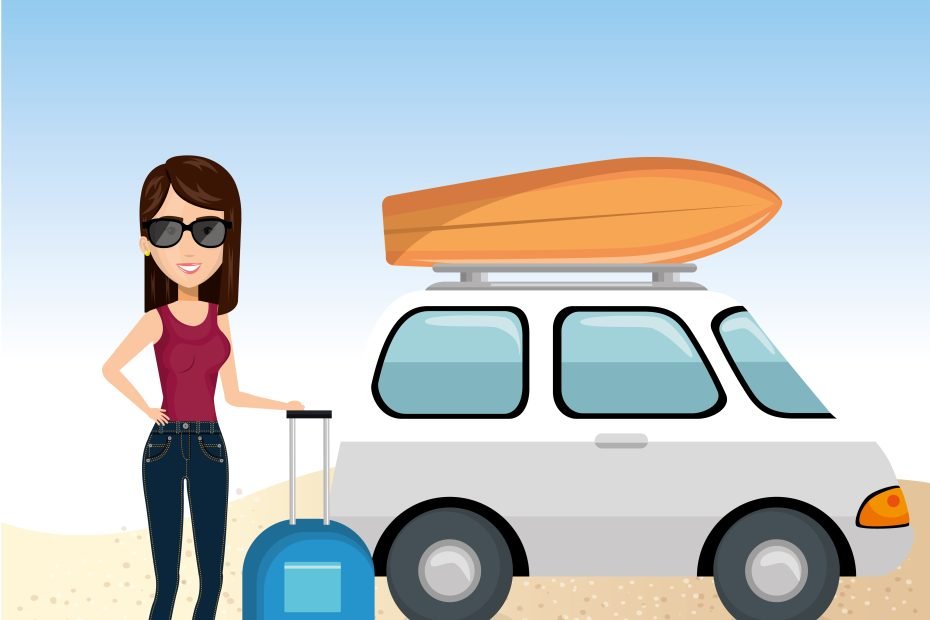How to Carry a Kayak on Roof Racks: A Complete Guide for Beginners
Transporting a kayak can be tricky if you don’t have the right setup. Roof racks make it safe and easy to carry your kayak to the water, but only when used properly. If you’re new to kayaking or just want to avoid damage to your car and kayak, this step-by-step guide will help you learn how to carry a kayak on roof racks safely and efficiently.
Why Use Roof Racks for Kayaks?
Roof racks are designed to secure your kayak on top of your vehicle without taking up valuable trunk or interior space. They provide:
-
Safety: Prevents the kayak from sliding or falling during transport.
-
Convenience: Leaves room inside your vehicle for gear and passengers.
-
Protection: Keeps both your car and kayak free from scratches or dents.
What You’ll Need
Before loading your kayak, make sure you have the right equipment:
-
Roof racks or crossbars – strong enough to hold your kayak.
-
Kayak carriers or cradles (J-cradles, saddles, or stackers).
-
Cam straps or ratchet straps – for securing the kayak tightly.
-
Bow and stern tie-downs – extra safety for highway driving.
Step-by-Step: How to Carry a Kayak on Roof Racks
1. Position Your Vehicle
Park your car on a flat surface and make sure the roof racks are securely attached. Check that the crossbars are tightened according to the manufacturer’s instructions.
2. Prepare the Kayak
Place your kayak near your vehicle with the hull facing downward. Make sure it’s free of dirt and water to prevent slippage.
3. Lift the Kayak Safely
Depending on the kayak’s weight and size:
-
Solo loading: Use a lift-assist system or a towel on the back of your car to slide it up gently.
-
Two-person loading: Have one person hold the bow and the other the stern, then lift together.
4. Place the Kayak on the Racks
-
For J-cradles, tilt the kayak and rest it on its side.
-
For saddles, place the kayak hull-down, centered on the car.
-
For stackers, place the kayak on its side, then strap it down.
5. Strap It Down
Use cam straps over the kayak and around the roof racks:
-
Tighten until snug, but don’t overtighten (to avoid hull damage).
-
Ensure the straps are positioned about one-third from each end of the kayak.
6. Secure the Bow and Stern
Attach bow and stern tie-downs to your vehicle’s tow points or frame. This prevents the kayak from shifting at high speeds or in strong winds.
7. Double-Check Everything
Give the kayak a firm shake – it should not move more than an inch. Also, tuck away loose strap ends to prevent them from flapping during the drive.
Safety Tips for Carrying a Kayak
-
Always follow the speed limits, especially on highways.
-
Stop after 15–20 minutes of driving to recheck straps.
-
Avoid using bungee cords; they can stretch and come loose.
-
Never rely on roof racks alone – always add straps and tie-downs.
Final Thoughts
Learning how to carry a kayak on roof racks is essential for safe transportation. With the right racks, straps, and tie-downs, you can protect your kayak, your car, and other drivers on the road. Whether you’re heading to a nearby lake or planning a long road trip, following these steps ensures your kayak arrives safely and ready for adventure.
